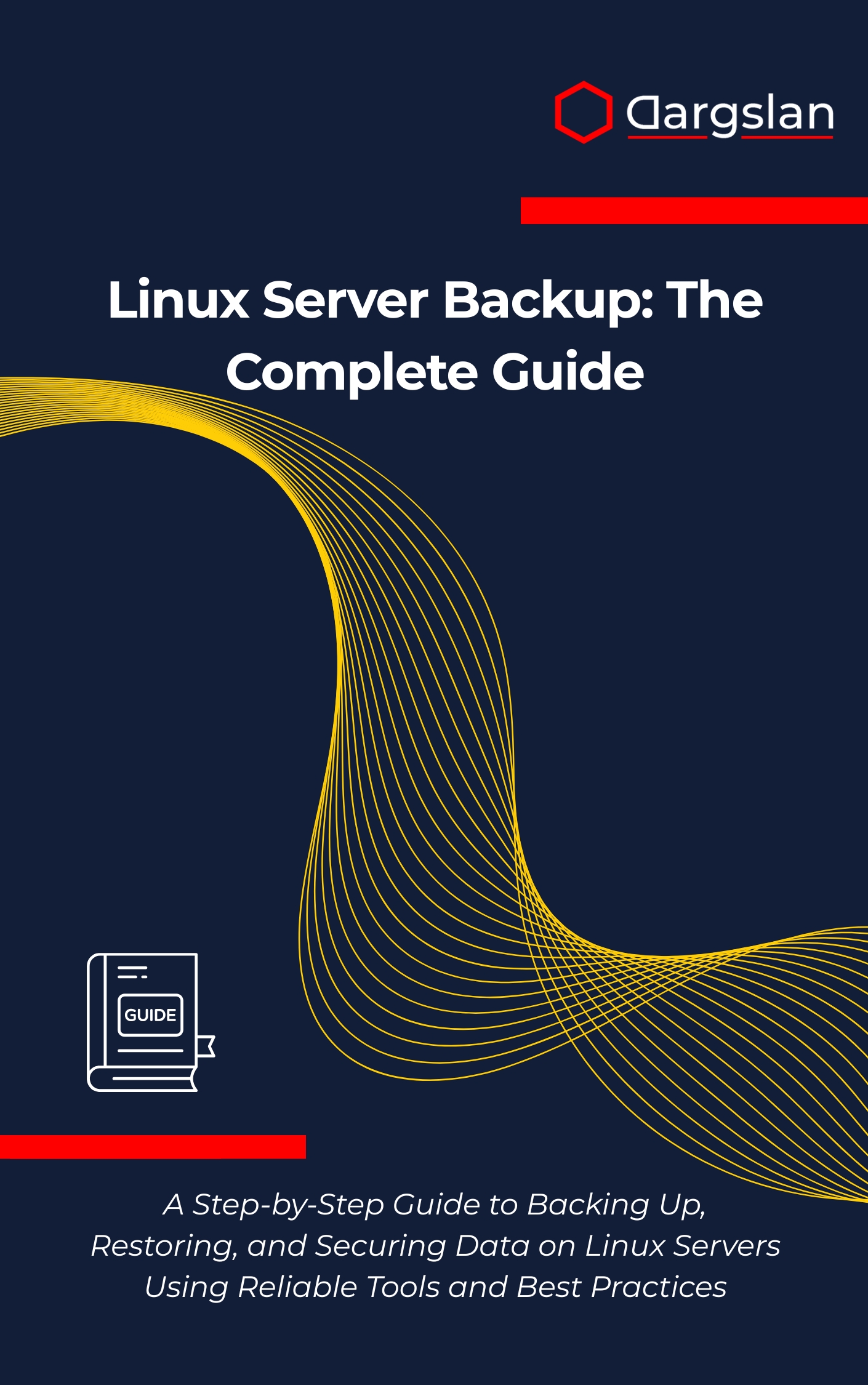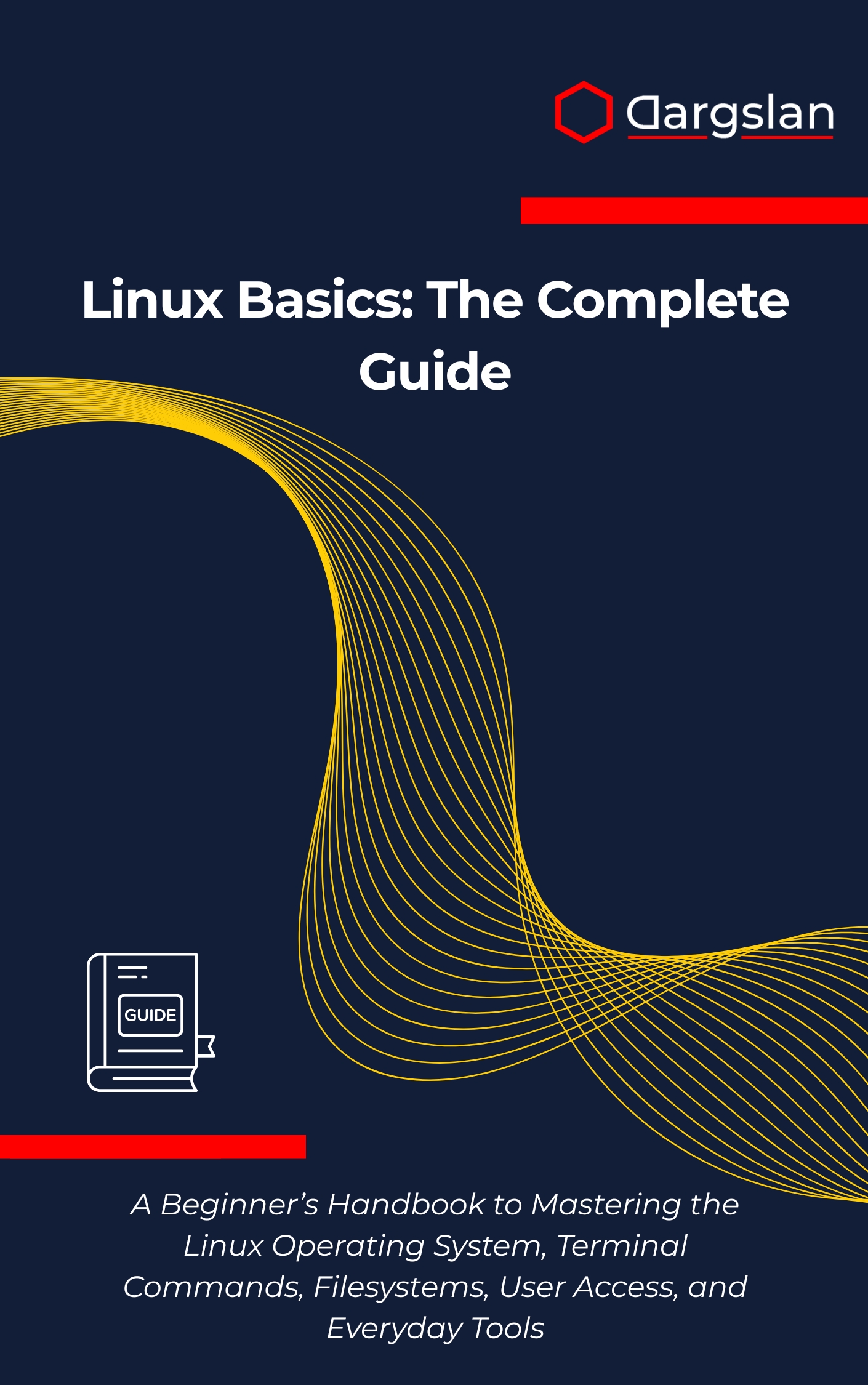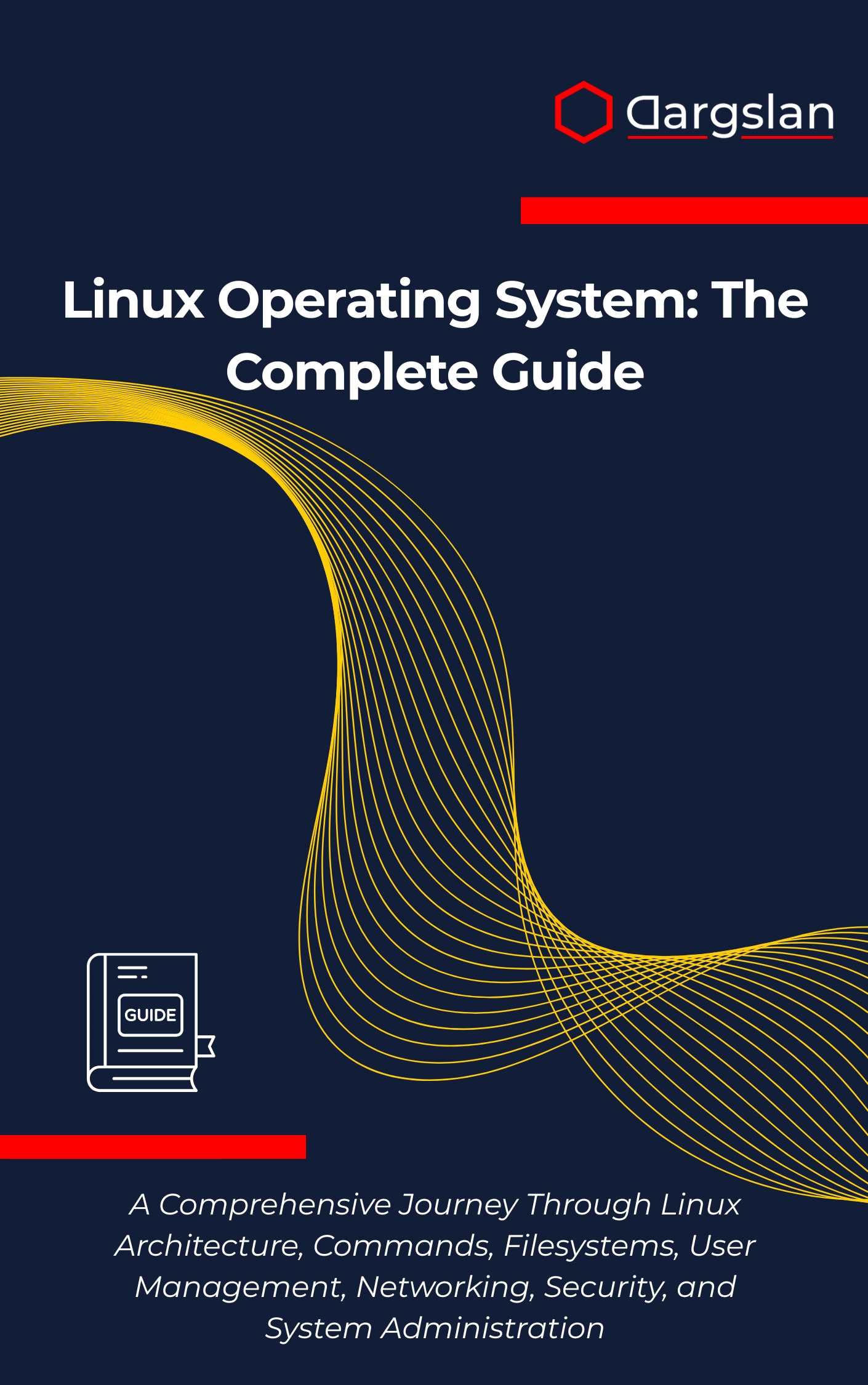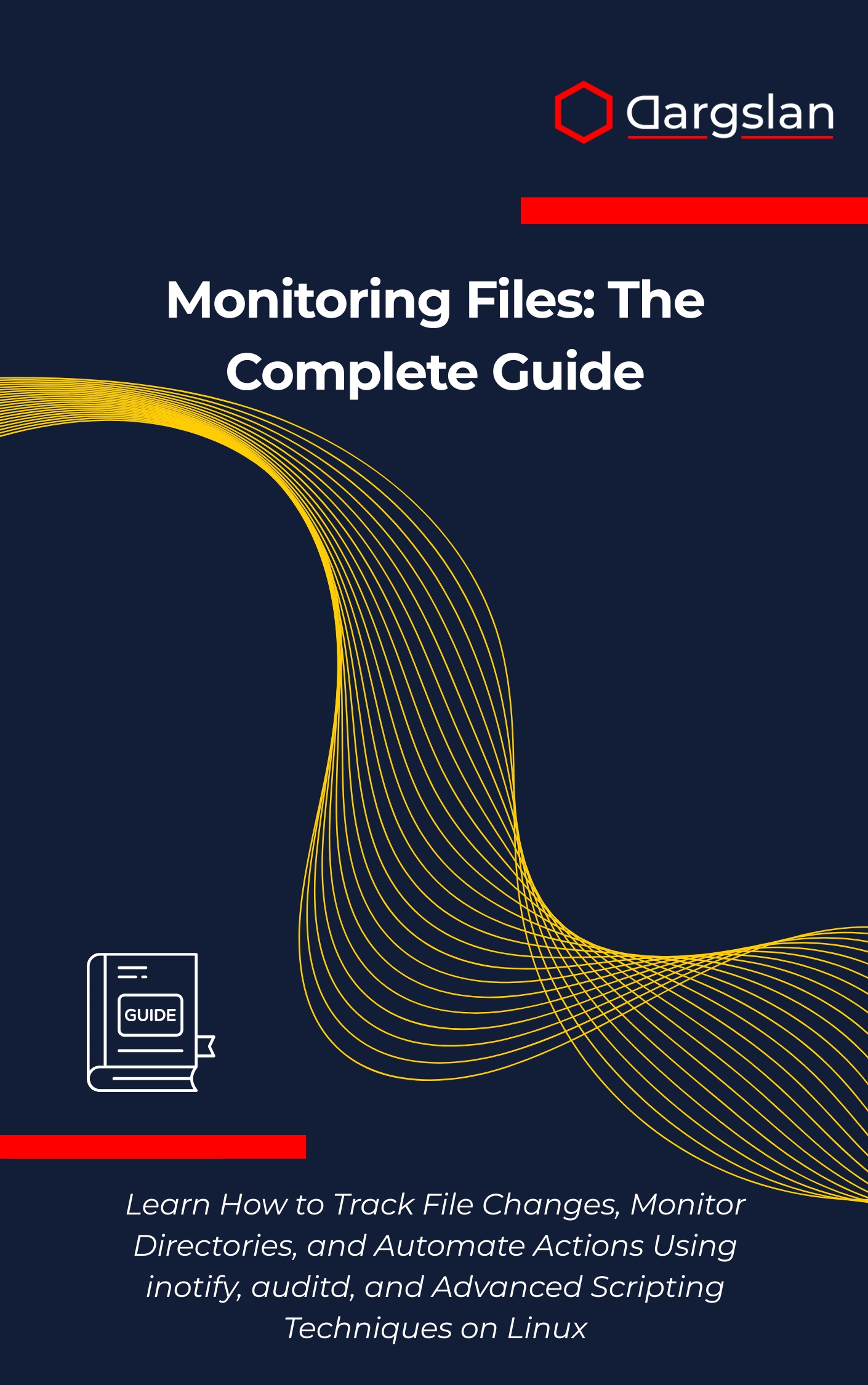Linux System Administration for Beginners – Workbook
Linux System Administration for Beginners – Workbook,Strengthen your admin skills through practical Linux server management exercises.

A Practical Step-by-Step Guide to Managing Linux Servers, Users, Filesystems, and Services
Overview
Launch your journey into professional Linux administration with Linux System Administration for Beginners – Workbook, a hands-on companion that helps you build job-ready skills through guided labs and realistic scenarios. Designed as A Practical Step-by-Step Guide to Managing Linux Servers, Users, Filesystems, and Services, it walks you from first login to confidently managing production-like systems. Every chapter turns theory into action so you can learn fast, retain more, and troubleshoot with confidence.
This approachable Linux IT book functions as both a programming guide and a technical book, helping you learn why tasks matter and exactly how to execute them. You’ll practice Linux installation and configuration, filesystem management, command-line operations, user and group administration, file permissions, package management, systemd service management, network configuration, disk partitioning, LVM implementation, cron job automation, system monitoring, log analysis, backup strategies, Linux security hardening, and troubleshooting methodologies. Along the way, you’ll work with common enterprise-grade tools and essential distributions used in today’s data centers and DevOps environments.
Each module is carefully sequenced so foundational skills lead naturally into advanced topics such as service configuration, performance checks, and security controls. You’ll get repeatable procedures, checklists, and lab prompts that mirror real-world tasks—and you’ll gain the confidence to manage users, filesystems, networks, and services on your own.
Who This Book Is For
- Career changers and beginners who want a clear, practical path from zero to capable Linux admin, with labs that make abstract concepts tangible right away.
- Students and certification candidates seeking structured practice across core topics like package management, systemd, permissions, and networking to accelerate exam readiness and workplace performance.
- Developers, DevOps newcomers, and IT generalists who need to understand how servers actually run in production—so you can deploy, secure, and troubleshoot with confidence.
Key Lessons and Takeaways
- Master the command line and shell workflows you’ll use daily, from navigating directories and manipulating files to chaining commands and writing simple scripts that save time.
- Build robust user and group administration with correct file permissions and ACLs, then apply systemd service management to control daemons, schedule tasks, and stabilize critical services.
- Design reliable storage and backups using disk partitioning, LVM implementation, and backup strategies, and reinforce uptime with system monitoring, log analysis, and practical troubleshooting methodologies.
Why You’ll Love This Book
It’s a lab-first workbook that eliminates guesswork and replaces it with clear steps, checklists, and repeatable procedures. Concepts are explained simply, then reinforced with hands-on tasks that simulate real admin work—from securing SSH to configuring services and diagnosing failures. The progressive structure means you never feel lost, and the exercises scale naturally from basic commands to multi-component mini-projects that mirror real environments.
How to Get the Most Out of It
- Follow the sequence from fundamentals to advanced topics so each new skill builds on the last. Set up a VM or cloud instance per chapter, snapshot before labs, and practice commands until they feel natural.
- Apply each concept to a realistic scenario: create and lock down users, tune network interfaces, configure services, and validate your work with logs and monitoring tools. Keep a lab journal of commands, errors, and fixes to cement knowledge.
- Tackle the mini-projects to tie everything together. For example, deploy a web service with proper user permissions, create an LVM-backed data mount, lock down the firewall, schedule backups with cron, and verify service reliability through log analysis.
Get Your Copy
Ready to turn Linux fundamentals into everyday admin skill? Build confidence through structured labs and learn the workflows professionals rely on.




